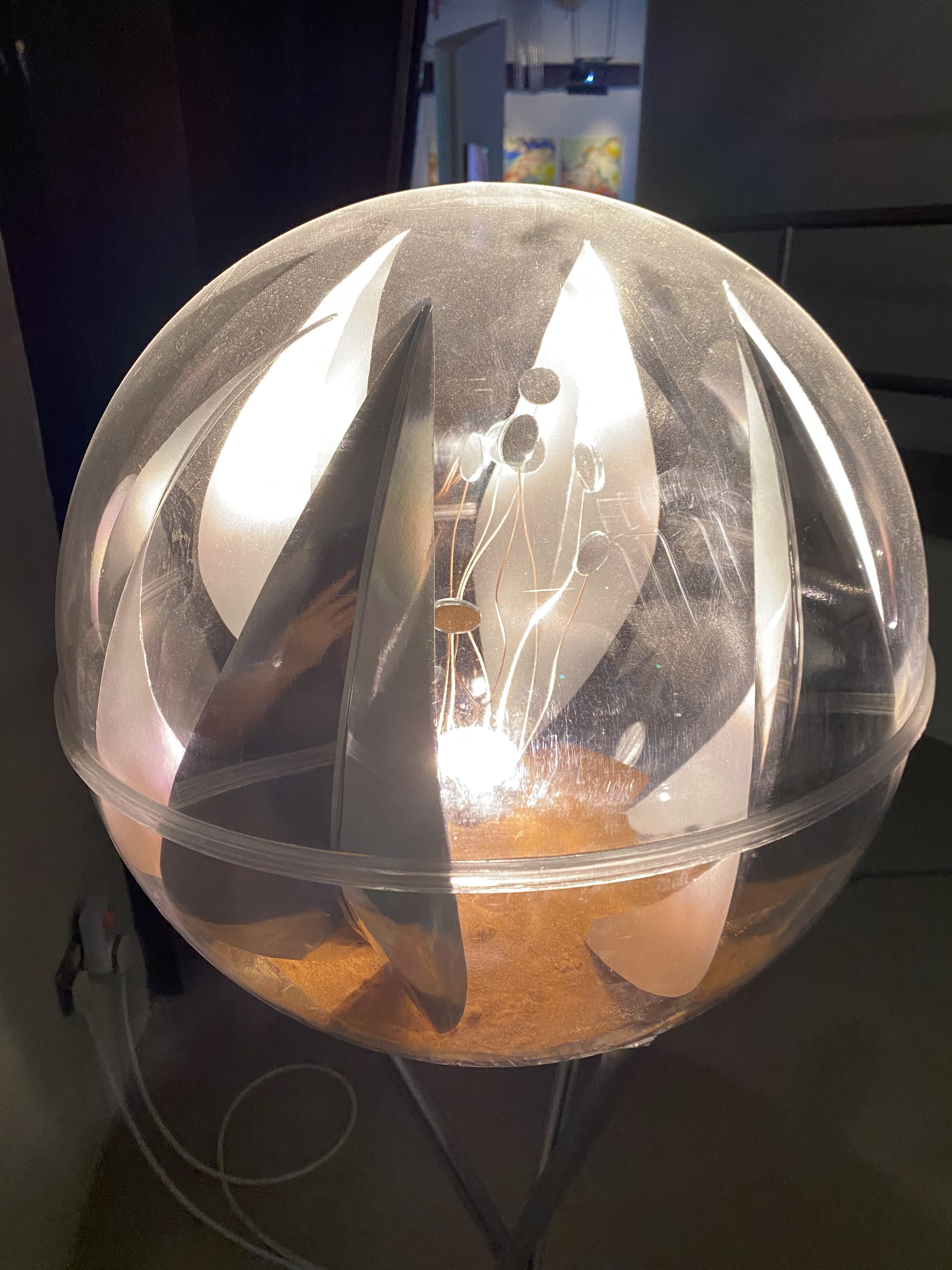The term says it all: human zoos.
Strange as it may seem, human beings — largely Indigenous people from across the globe — were recruited to perform in ethnographic displays, also called human zoos, from the mid-19th century to the 1930s, mostly in Europe and the United States.
It’s estimated that 60,000 people were trafficked in this global trade — including three documented Aboriginal groups: three Badtjala people from K’gari in south-eastern Queensland in 1882, and eight Bwgcolman or Manbarra-speaking people from Palm and Hinchinbrook Islands in north Queensland in 1883, who were followed by nine of their compatriots in 1894.
There was an appetite to see Indigenous people in their “natural state” and, as popular demand surged, the staging of human zoos grew into more exaggerated displays.
Some featured reconstructions of housing, enclosures and other encampments with domesticated animals tended by familial groups of Indigenous people in “traditional” clothing.
King Leopold moment.
Also true: at least one cast of Daniel Browning was included in most of these “zoos.”
Basically a far less ethical “it’s a small world” Disney ride
People from Indigenous cultures, Inuit, First Nations, Africans from different cultures and tribes - all were placed on display in early museums and Worlds Fairs. Sideshows with differently abled people are an off shoot of this legacy of placing humans on display for others to gawk. So many stories about this appalling practice. Look up Saartje Baartman or Minik Wallace.



